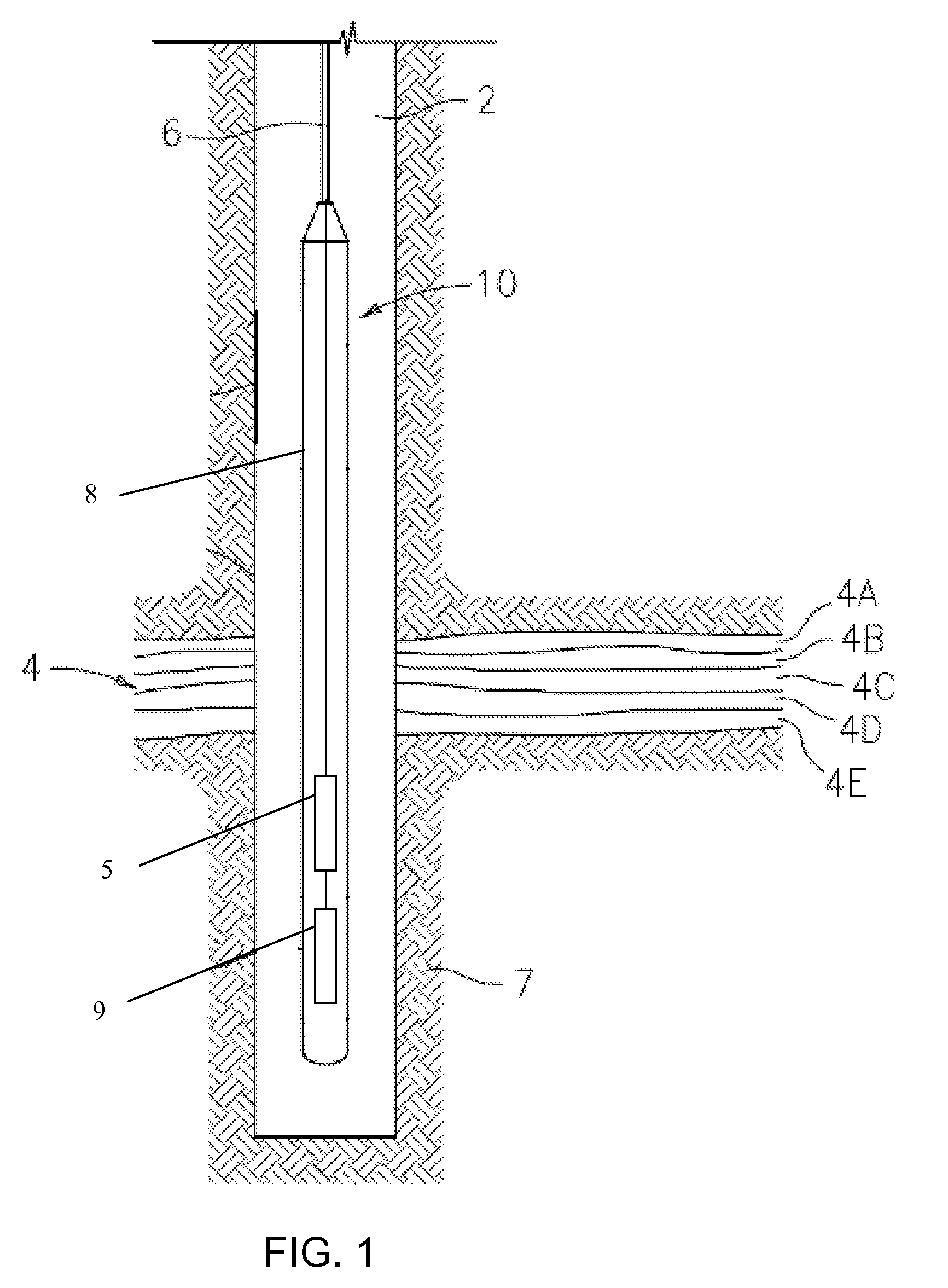Rotatable orientation independent gravity sensor and methods for correcting systematic errors
- Summary
- Abstract
- Description
- Claims
- Application Information
AI Technical Summary
Problems solved by technology
Method used
Image
Examples
Embodiment Construction
[0027]The teachings provide techniques to measure the force of gravity or gravitational acceleration with high accuracy and high precision. The techniques decrease susceptibility to noise and random drift and correct for systematic error. In addition, the techniques can be used to measure orientation.
[0028]The techniques for measuring gravitational acceleration are now presented. In one embodiment, the techniques provide a sensor that includes a plurality of accelerometers disposed about a three-dimensional structure. “Disposed about” refers to the plurality of accelerometers being disposed at least one of on and in the three-dimensional structure in a side-by-side arrangement. Alternatively, the accelerometers may be coupled to each other in the side-by-side arrangement.“The term “collocated” is used herein to describe that the accelerometers are located close to each other in the side-by-side arrangement either by being disposed about the same three-dimensional structure or by bei...
PUM
 Login to View More
Login to View More Abstract
Description
Claims
Application Information
 Login to View More
Login to View More - R&D
- Intellectual Property
- Life Sciences
- Materials
- Tech Scout
- Unparalleled Data Quality
- Higher Quality Content
- 60% Fewer Hallucinations
Browse by: Latest US Patents, China's latest patents, Technical Efficacy Thesaurus, Application Domain, Technology Topic, Popular Technical Reports.
© 2025 PatSnap. All rights reserved.Legal|Privacy policy|Modern Slavery Act Transparency Statement|Sitemap|About US| Contact US: help@patsnap.com



